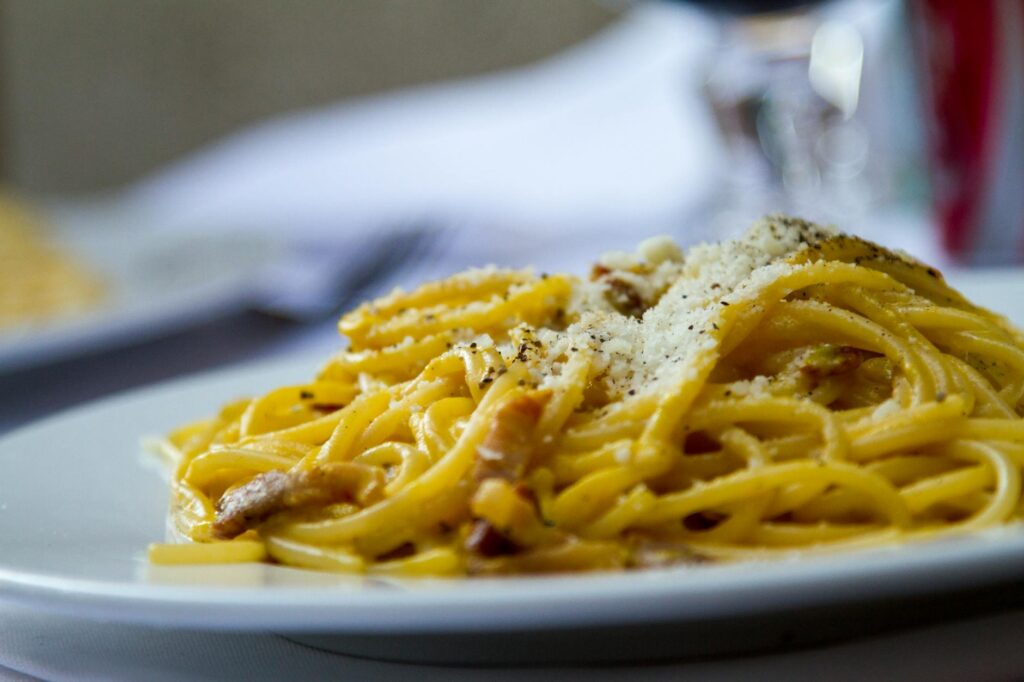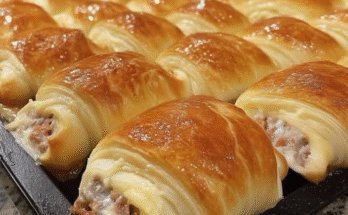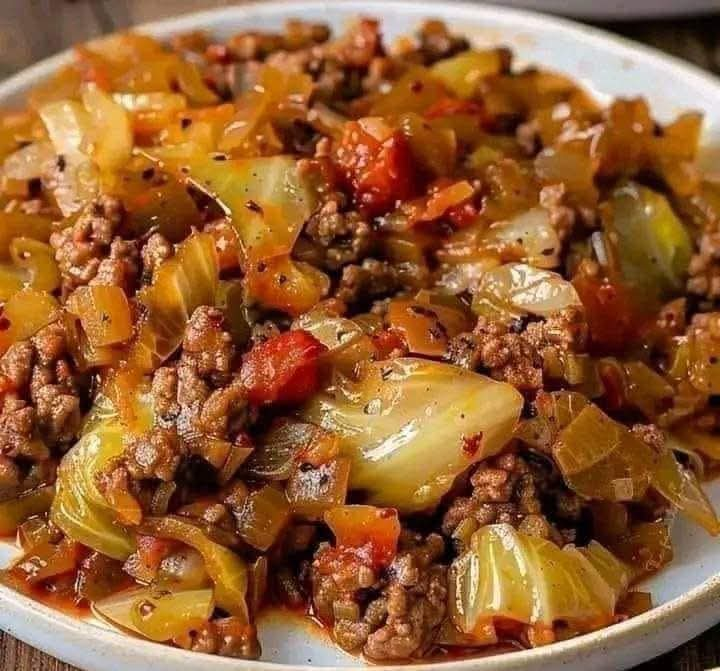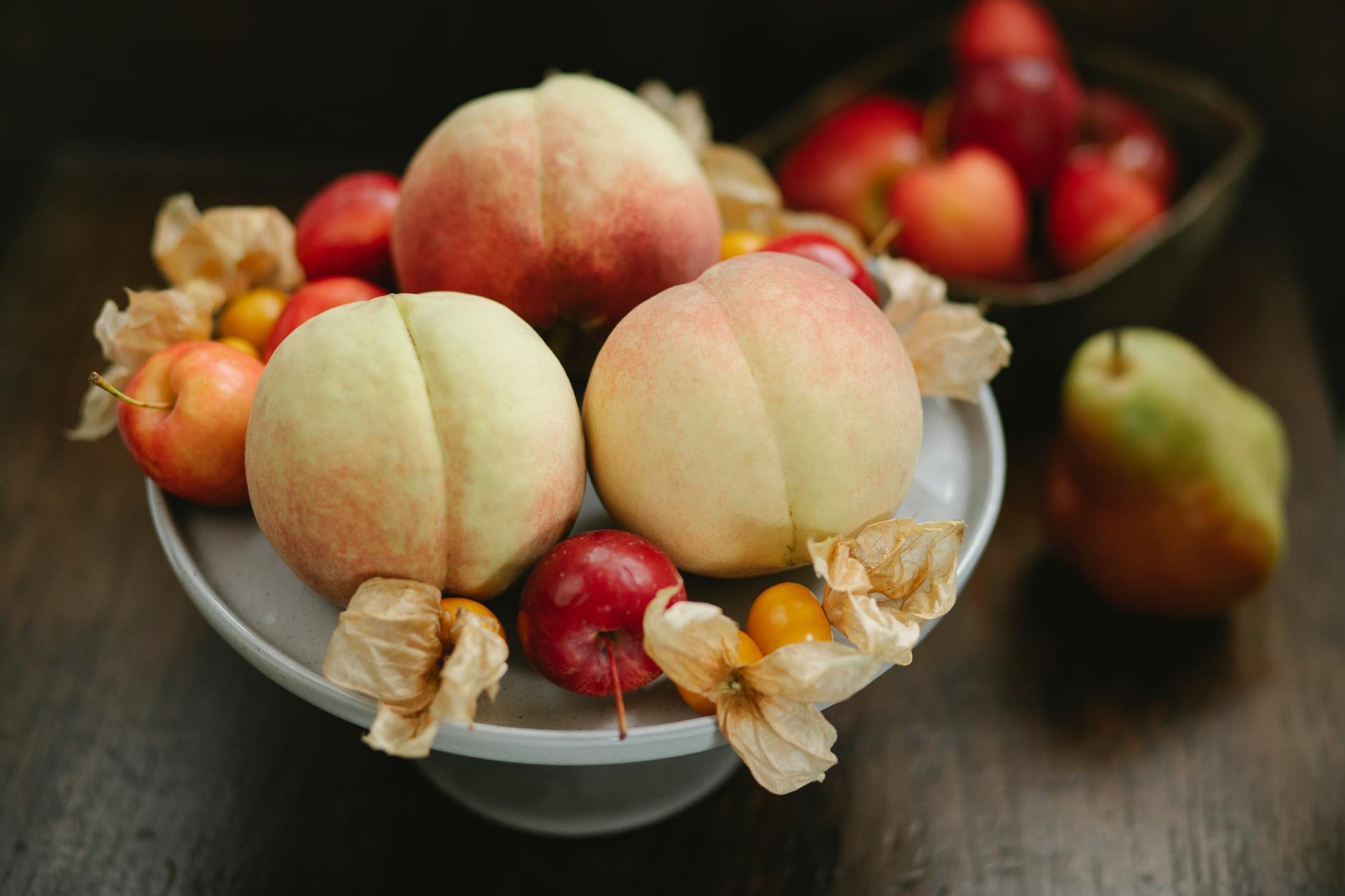Spaghetti alla Carbonara is a classic Roman pasta dish known for its rich, savory flavor and creamy texture. Unlike many pasta dishes, a true Carbonara doesn’t use cream! The creamy sauce comes from emulsification of eggs, cheese, and pasta water. This seemingly simple dish requires precision and quality ingredients for optimal results, and today we’ll explore exactly what makes it so special.
Understanding the Ingredients
The magic of Carbonara lies in its simplicity. The key ingredients are high-quality guanciale (cured pork jowl), eggs, Pecorino Romano cheese, black pepper, and spaghetti. Using pancetta or bacon is a common substitution, but purists insist on guanciale for its unique flavor and rendered fat. 
The Art of the Emulsion
The creamy sauce isn’t achieved by adding cream, but through a delicate emulsion of egg yolks, cheese, and starchy pasta water. The heat from the pasta and the fat from the guanciale gently cook the eggs, creating a luscious coating for the spaghetti. It’s crucial to work quickly at this stage to avoid scrambling the eggs. Proper timing is essential for success. 
Cooking the Spaghetti
Using the right pasta is important. Opt for a good quality spaghetti, cooked al dente (slightly firm to the bite). This is crucial because the pasta will continue to cook slightly in the sauce. Remember to reserve some pasta water before draining—this starchy water is key to the emulsion process and helps create a creamy texture. Choosing the right pasta is paramount!
Bringing it all Together
Once the spaghetti is cooked, add it directly to the pan with the rendered guanciale. Quickly toss the pasta to coat it with the fat. Remove the pan from the heat and immediately add the egg mixture. Toss vigorously to create the emulsion. Finally, grate in plenty of freshly ground black pepper and Pecorino Romano cheese. [IMAGE_3_HERE]
Serving and Variations
Serve the Carbonara immediately, as it’s best enjoyed when the sauce is still warm and creamy. While purists would never deviate, some variations exist, such as adding a little pasta water if the sauce is too thick. Another suggestion is to add a touch of grated Parmesan cheese in addition to the Pecorino Romano. Learn more about variations.
There’s nothing quite like a perfectly executed Spaghetti alla Carbonara. Mastering this dish takes practice, but the delicious result is well worth the effort. By following these steps and paying attention to detail, you can create an authentic and unforgettable Roman feast. [IMAGE_4_HERE]
Frequently Asked Questions
What is the best type of pasta to use for Carbonara? Spaghetti is the traditional choice, but you can also use other long pasta shapes like bucatini or linguine.
Can I use pancetta instead of guanciale? While guanciale is preferred for its richer flavor, pancetta can be used as a substitute.
What if my eggs start to scramble? If this happens, remove the pan from the heat immediately and continue tossing to prevent overcooking.
How much Pecorino Romano cheese should I use? A generous amount is recommended – don’t be shy with the cheese!
How long does it take to cook the carbonara? The cooking time depends on the pasta cooking time, but the sauce should only take a few minutes to prepare.


